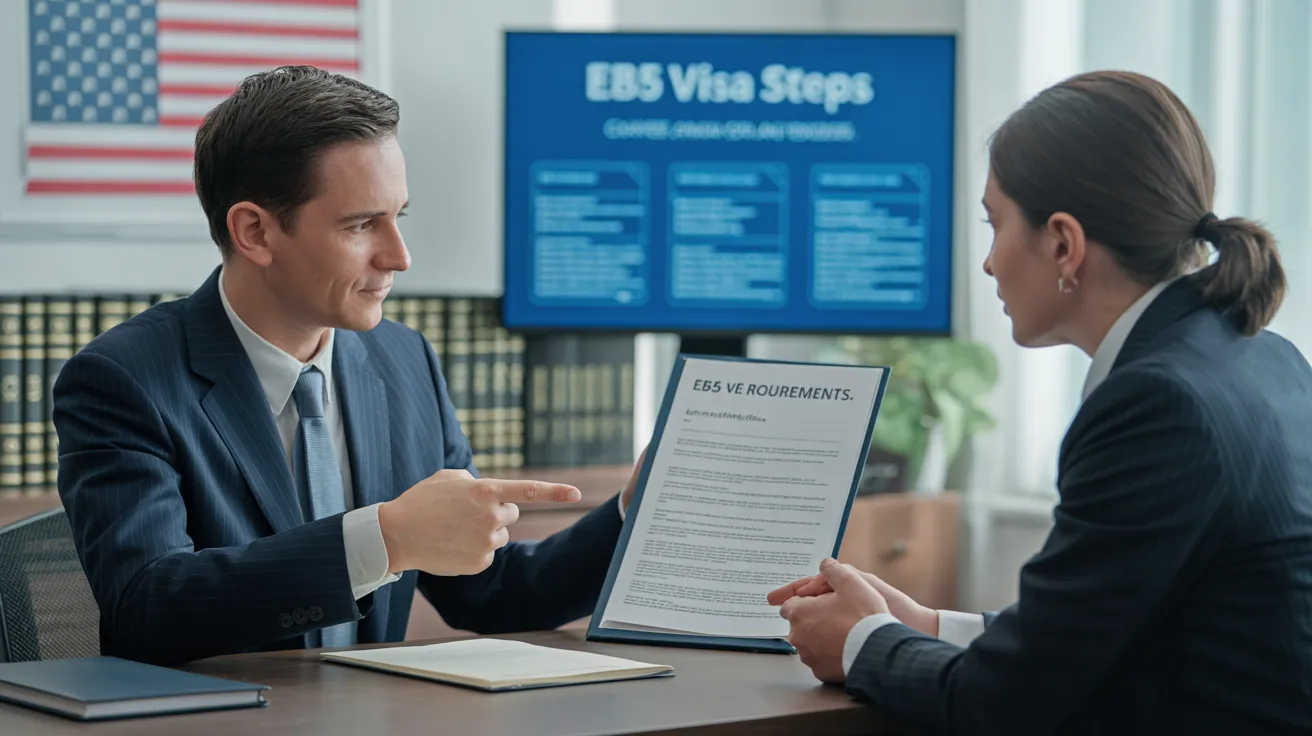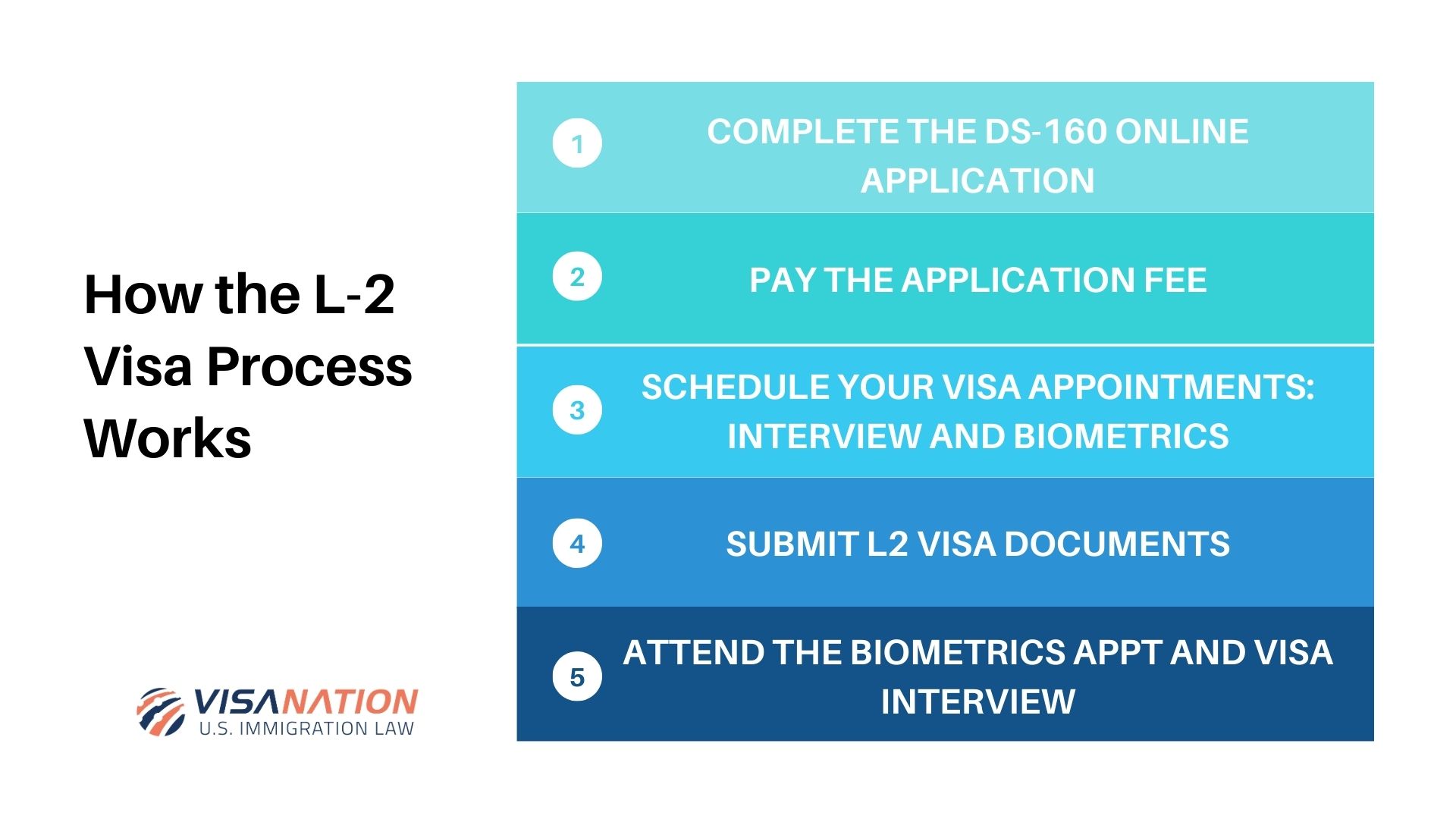Getting My L1 copyright Work
Table of ContentsThe 10-Minute Rule for L1 VisaThe Basic Principles Of L1 Visa All about L1 VisaThe Of L1 VisaThe Buzz on L1 VisaThe smart Trick of L1 Visa That Nobody is Talking About
Readily Available from ProQuest Dissertations & Theses Worldwide; Social Science Premium Collection. DHS Workplace of the Examiner General. Fetched 2023-03-26.
United State Division of State. Gotten 2023-02-08. Tamen, Joan Fleischer (August 10, 2013).
The Only Guide for L1 Visa
In order to be eligible for the L-1 visa, the foreign business abroad where the Beneficiary was utilized and the U.S. business have to have a certifying partnership at the time of the transfer. The different types of certifying partnerships are: 1. Parent-Subsidiary: The Parent indicates a company, firm, or other legal entity which has subsidiaries that it owns and manages."Subsidiary" implies a firm, corporation, or various other lawful entity of which a parent has, straight or indirectly, greater than 50% of the entity, OR owns much less than 50% however has administration control of the entity.
Instance 1: Firm A is integrated in France and employs the Beneficiary. Company B is incorporated in the united state and desires to seek the Recipient. Company An owns 100% of the shares of Company B.Company A is the Parent and Company B is a subsidiary. There is a certifying partnership in between the two business and Company B should be able to fund the Recipient.
Example 2: Firm A is integrated in the U - L1 Visa.S. and wishes to petition the Beneficiary. Firm B is included in Indonesia and utilizes the Beneficiary. Company A possesses 40% of Business B. The remaining 60% is had and regulated by Company C, which has no relationship to Firm A.Since Company A and B do not have a parent-subsidiary partnership, Company A can not sponsor the Beneficiary for L-1.
Example 3: Company A is integrated in the U.S. and wants to request the Recipient. Business B is integrated in Indonesia and employs the Recipient. Firm A has 40% of Firm B. The remaining 60% is possessed by Company C, which has no connection to Firm A. Nonetheless, Company A, by formal agreement, controls and full handles Business B.Since Firm An owns less than 50% of Company B but manages and controls the business, there is a qualifying parent-subsidiary partnership and Business A can fund the Beneficiary for L-1.
The Ultimate Guide To L1 Visa
Associate: An associate is 1 of 2 subsidiaries thar are both possessed and regulated by the very same moms and dad or person, or owned and regulated by the very same team of individuals, in generally the exact same ratios. a. Example 1: Business A is incorporated in Ghana and employs the Recipient. Business B is integrated in the U.S.
Business C, additionally included in Ghana, possesses 100% of Business A and 100% L1 Visa requirements of Business B.Therefore, Business A and Company B are "associates" or sister firms and a certifying connection exists in between the 2 companies. Business B need to be able to fund the Beneficiary. b. Example 2: Business A is integrated in the U.S.
Business A L1 Visa requirements is 60% owned by Mrs. Smith, 20% possessed by Mr. Doe, and 20% possessed by Ms. Brown. Business B is incorporated in Colombia and currently utilizes the Beneficiary. Company B is 65% possessed by Mrs. Smith, 15% owned by Mr. Doe, and 20% owned by Ms. Brown. Business A and Company B are affiliates and have a certifying relationship in two various ways: Mrs.
The L-1 visa is an employment-based visa classification developed by Congress in 1970, allowing multinational business to move their managers, executives, or essential workers to their United state procedures. It is generally referred to as the intracompany transferee visa.

In addition, the recipient should have operated in a supervisory, exec, or specialized staff member position for one year within the three years coming before the L-1A application in the international business. For new workplace applications, foreign work should have been in a managerial or executive capacity if the recipient is coming to the United States to work as a manager or exec.
L1 Visa Fundamentals Explained

If given for an U.S. company functional for even more than one year, the preliminary L-1B visa is for approximately 3 years and can be extended for an extra two years (L1 Visa). Alternatively, if the U.S. firm is freshly developed or has been operational for much less than one year, the preliminary L-1B visa is issued for one year, with extensions readily available in two-year increments
The L-1 visa is an employment-based contact us visa classification developed by Congress in 1970, permitting multinational business to move their managers, execs, or key employees to their United state procedures. It is commonly referred to as the intracompany transferee visa.
A Biased View of L1 Visa
In addition, the recipient needs to have operated in a supervisory, exec, or specialized staff member placement for one year within the 3 years coming before the L-1A application in the foreign company. For brand-new workplace applications, international work should have been in a supervisory or executive capability if the recipient is involving the USA to work as a manager or exec.
for approximately 7 years to supervise the procedures of the U.S. associate as an exec or manager. If released for an U.S. company that has been functional for even more than one year, the L-1A visa is initially approved for as much as three years and can be extended in two-year increments.
If granted for a united state company functional for more than one year, the initial L-1B visa is for up to 3 years and can be extended for an additional 2 years. Alternatively, if the U.S. company is recently established or has been operational for much less than one year, the preliminary L-1B visa is provided for one year, with expansions offered in two-year increments.